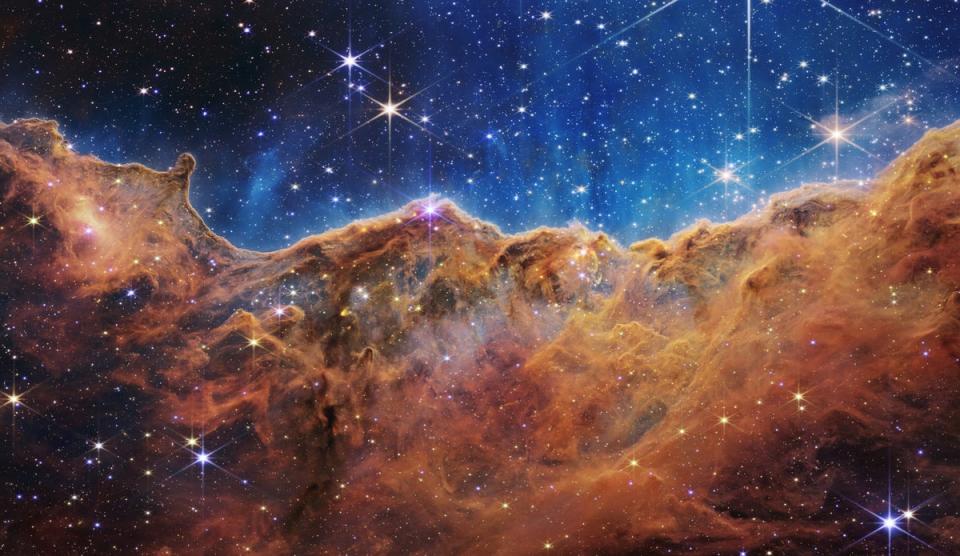Nasa James Webb Space Telescope spots one of the oldest galaxies ever seen

Scientists have spotted one of the earliest and oldest galaxies ever seen, in the latest surprise to come out of the James Webb Space Telescope.
Images taken of the distant universe show a host of distant galaxies, including some of the furthest away than we have ever seen. The object came about just 290 million years after the Big Bang, the scientists estimate.
If that is true, it could mean rethinking some of our current assumptions about the history of the universe and of dark matter, the scientists write, in a pre-print paper published online. If such an object formed so early in the universe, it would suggest that galaxies started forming earlier in the universe than we had realised.
As part of the new research, scientists have gathered a range of images of different, complex galaxies as they gradually evolve. Some are like elegant pinwheels, while others are large diffuse blobs.
“These images are exciting because the sheer number of these really high redshift galaxy candidates is larger than we expected,” said Kartaltepe.
“We knew we’d find some, but I don’t think anybody thought we’d find as many as we have,” said Jeyhan Kartaltepe, an associate professor at the Rochester Institute of Technology. “It either means the universe works a little bit differently than we thought or there’s a lot of other contaminating sources and these candidates will turn out to be something else. The reality is probably a mix of both.”
Professor Kartaltepe is one of more than 100 collaborators that worked on the new research. They came from the Cosmic Evolution Early Release Science Survey, which is looking to study how the cosmos was forming when it was just 5 per cent its current age.
The new findings came out of about 24 hours of observations. In all, the researchers hope to get more than 60 hours with the telescope, with more imaging data expected in December.
It is yet another discovery from the James Webb Space Telescope, which is providing scientist with new information about and images of the cosmos almost every day. Scientists have cautioned that the sheer quantity of new details coming from the telescope all the time could mean changing the way we think about science.

